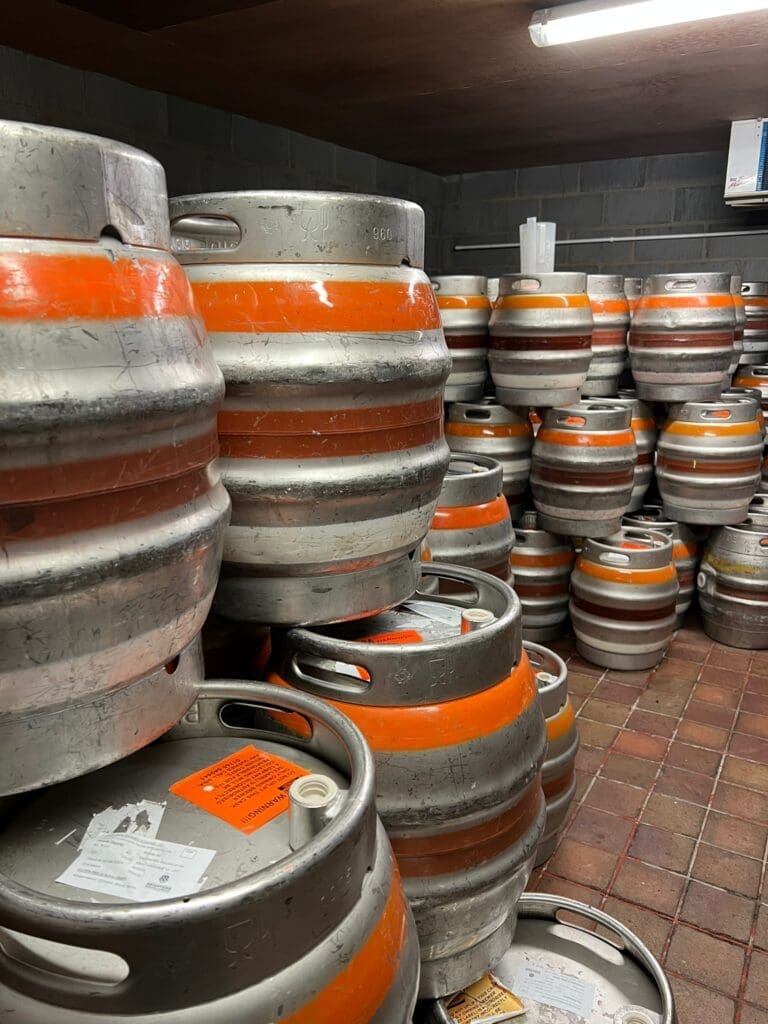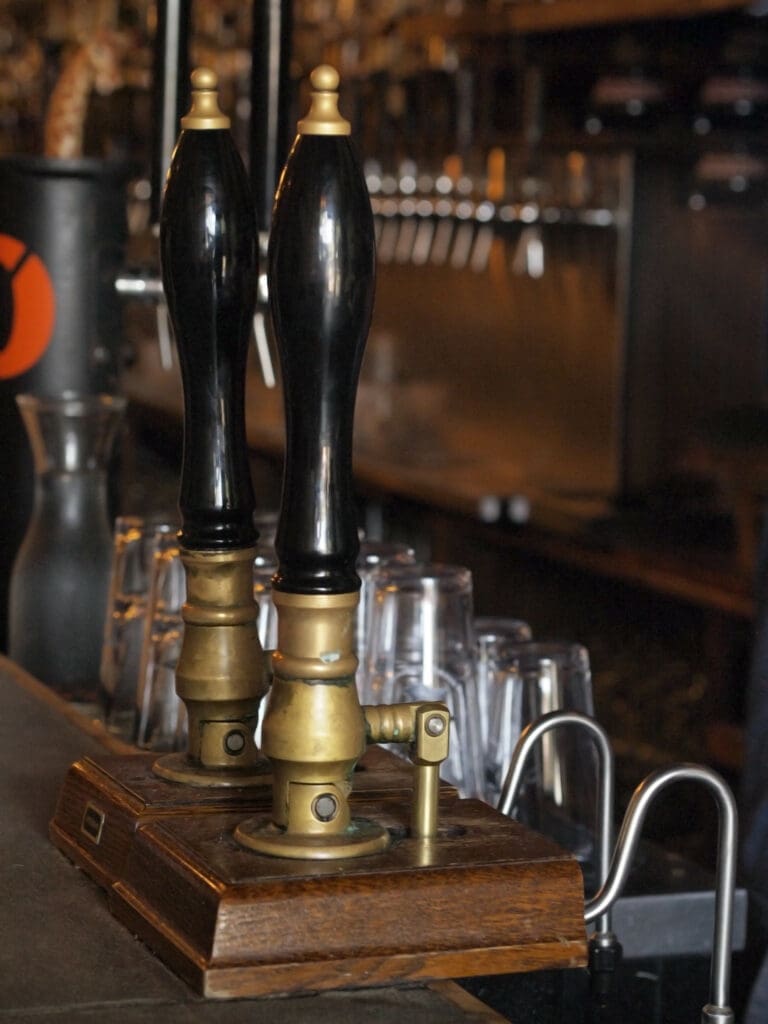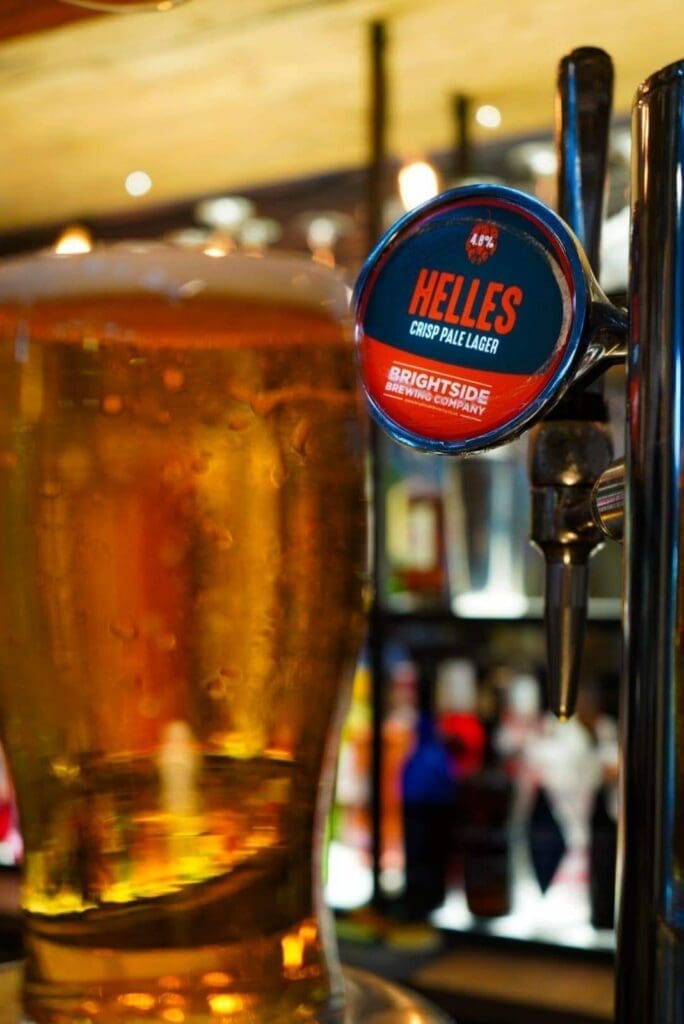Understanding the difference between cask ale and keg beer production, and how they are served can really enhance your appreciation for this beloved beverage. Whilst cask and keg may seem similar at first glance, there are distinct differences between the two that influence everything from taste to texture.
Here are some of the main differences between cask and keg beer.
Cask beer, also known as “real ale” hold a special place in the hearts of many beer enthusiasts. Here in the UK, we’ve got CAMRA which champions and promotes cask beer up and down the country. The defining feature of cask beer is its natural conditioning process, which occurs within the vessel from which it is served. Here’s how it works:
After a beer is brewed and put into cask, it undergoes a secondary fermentation, also known as conditioning (the first fermentation happens in tank and is responsible for the alcohol level in the beer). During this process, the residual yeast and sugars left in the beer after brewing as finished, are allowed to settle for a period of time and it’s during this conditioning phase that carbon dioxide is produced which creates a gentle fizz within the beer.



Keg beer, on the other hand, is a more modern method of serving beer that has become increasingly popular, particularly in venues where serving cask ale can be difficult, such as hotels and restaurants.




Now you understand the difference between cask and keg beer, why not try a few and taste the differences for yourself? If you’re looking for a place to check out the differences between cask and kegged beer, why not visit some of these places:
Looking for another place to find Brightside in cask or keg? Contact Us


Unit 10, Dale Industrial Estate
Radcliffe
Manchester
M26 1AD
Home
Buy Beer Online
Trade
Gluten Free & Vegan Beer
Blog
Contact Us
Brewery & Sales
This site is protected by reCAPTCHA and the Google Privacy Policy and Terms of Service apply. View our website Terms & Conditions. View our Shop FAQs. View our Sitemap.